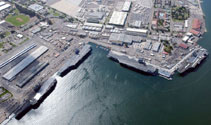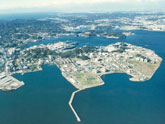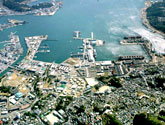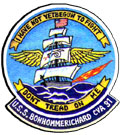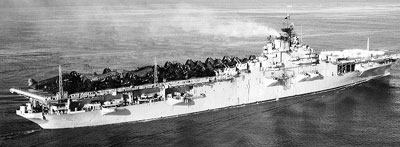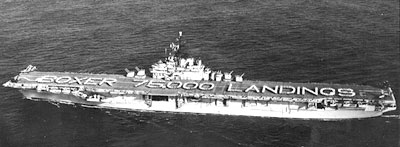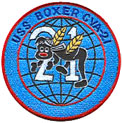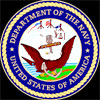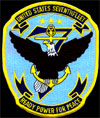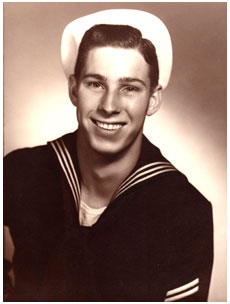| North
High School Wall of Honor James Franklin Schonert Class of June, 1951 |
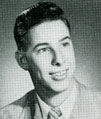 |
|||||||||||||||||||||||||||||||||||||||||||||||||||||||||||||||||||||||||||||||||||||||||||||||||||||
|
Research done by Claradell Shedd, class of 1953. PAGE IN PROGRESS |
||||||||||||||||||||||||||||||||||||||||||||||||||||||||||||||||||||||||||||||||||||||||||||||||||||||
|
||||||||||||||||||||||||||||||||||||||||||||||||||||||||||||||||||||||||||||||||||||||||||||||||||||||
|
||||||||||||||||||||||||||||||||||||||||||||||||||||||||||||||||||||||||||||||||||||||||||||||||||||||
|
||||||||||||||||||||||||||||||||||||||||||||||||||||||||||||||||||||||||||||||||||||||||||||||||||||||
|
||||||||||||||||||||||||||||||||||||||||||||||||||||||||||||||||||||||||||||||||||||||||||||||||||||||
|
||||||||||||||||||||||||||||||||||||||||||||||||||||||||||||||||||||||||||||||||||||||||||||||||||||||
|
||||||||||||||||||||||||||||||||||||||||||||||||||||||||||||||||||||||||||||||||||||||||||||||||||||||
| ***Yokosuka,
Japan Yokosuka is America's most important naval facility in the Western Pacific, and the largest, most strategically important overseas US Naval installation in the world. The centerpiece of the Pacific Fleet forward presence mission is the Forward-Deployed Naval Forces (FDNF) in Japan. With the onset of hostilities in Korea on June 25, 1950, Yokosuka Navy Base suddenly became very important and extremely busy. The US , although still an occupying power in Japan, turned its full efforts to the support of South Korea. The Navy Dispensary was enlarged and expanded and was commissioned a US Naval Hospital in 1950. The Naval Communications Facility, Yokosuka, was commissioned in January, 1951. In April 1951, the Ship Repair Department became a component command. It was redesignated the Ship Repair Facility. As the major naval ship repair facility in the Far East, the Yokosuka Facility assumed a vital role in maintenance and repair of the US Seventh Fleet during the Korean and Vietnam conflicts. In March, 1952, the geographical boundaries of the command of Commander Naval Forces Far East changed to exclude the Philippines, Marianas, Bonin and Volcano Islands. In December, 1952, the Headquarters were shifted from Tokyo to Yokosuka. The expanded Supply Department of Fleet Activities became the Naval Supply Depot, Yokosuka in August, 1952 and in 1960, the Naval Communications Facility was redesignated US Naval Communications Station, Japan. **USS BonHomme Richard (CVA-31) USS Bon Homme Richard (CV/CVA-31) was one of 24 Essex-class aircraft carriers completed during or shortly after World War II for the United States Navy. She was the second US Navy ship to bear the name, being named for John Paul Jones's famous Revolutionary War frigate. Jones had named that ship, usually rendered in more correct French as Bonhomme Richard, to honor Benjamin Franklin, the American Commissioner at Paris, whose Poor Richard's Almanac had been published in France under the title Les Maximes du Bonhomme Richard. The outbreak of the Korean War in late June 1950 called Bon Homme Richard back to active duty. She recommissioned in January 1951 and deployed to the Western Pacific that May, launching her planes against enemy targets in Korea until the deployment ended late in the year. A second combat tour followed in May-December 1952, highlighted by large-scale joint service air attacks on the Sui-ho Dam and Pyongyang, during which she was redesignated CVA-31. The carrier decommissioned in May 1953 to undergo a major conversion to equip her to operate high-performance jet aircraft. ****USS Boxer (CV-21) USS Boxer (CV/CVA/CVS-21, LPH-4) was one of 24 Essex-class aircraft carriers built during World War II for the United States Navy. She was the fifth US Navy ship to bear the name, and was named for a British ship captured by the Americans during the War of 1812. Boxer was commissioned in April 1945, too late to serve in World War II, but saw extensive service in the Korean War, for which she received eight battle stars. She was reclassified in the early 1950s as an attack carrier (CVA), then to an antisubmarine carrier (CVS), and finally to an amphibious assault ship (LPH), carrying helicopters and marines. Unlike most of her sister ships, she received no major modernization, and thus throughout her career retained the classic appearance of a World War II Essex-class aircraft carrier ship. As an LPH she served the Atlantic/Caribbean and in the Pacific, sometimes serving as an aircraft transport. She was the prime recovery vessel for the early Apollo AS-201 mission, and would have been the prime recovery vessel for Gemini 8, had the spacecraft not made an emergency landing in the Pacific instead. |
||||||||||||||||||||||||||||||||||||||||||||||||||||||||||||||||||||||||||||||||||||||||||||||||||||||
|
||||||||||||||||||||||||||||||||||||||||||||||||||||||||||||||||||||||||||||||||||||||||||||||||||||||
|
||||||||||||||||||||||||||||||||||||||||||||||||||||||||||||||||||||||||||||||||||||||||||||||||||||||
| 11/28/10: Living in CA. | ||||||||||||||||||||||||||||||||||||||||||||||||||||||||||||||||||||||||||||||||||||||||||||||||||||||
| Music: "Anchors Aweigh" by the U.S Navy Band | ||||||||||||||||||||||||||||||||||||||||||||||||||||||||||||||||||||||||||||||||||||||||||||||||||||||
| Home
|
Back/allyears |
WWI |
WWII |
Korea |
Vietnam |
Afghanistan/Iraq |
Lyrics
|
Refs/Awards |
Contact ©2025-csheddgraphics All rights reserved. All images and content are © copyright of their respective copyright owners. |
||||||||||||||||||||||||||||||||||||||||||||||||||||||||||||||||||||||||||||||||||||||||||||||||||||||
